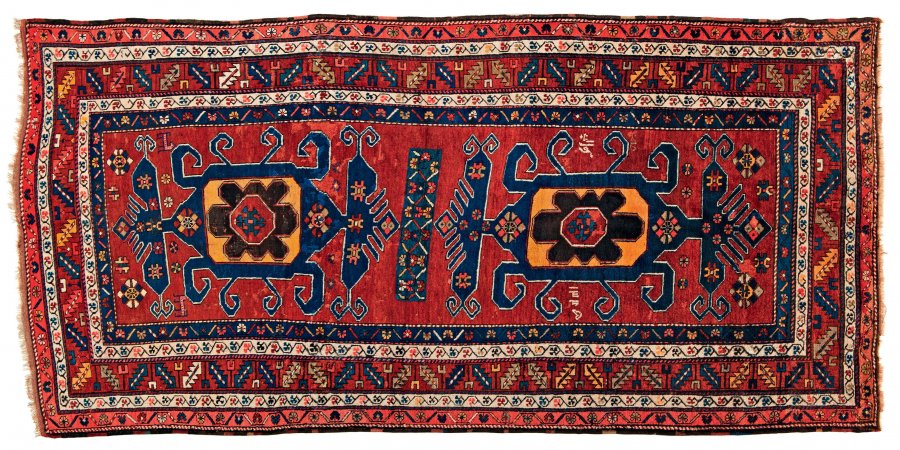Lot 143
A KARABAKH CARPET
1907
305 x 145 cm (h x b)
| 750 EUR
| 1 125 EUR
Hand knotted wool carpet on wool warp, kelleh (wide tread) format, dated 1907. Traditional catchy Caucasian design of geometric appearance and in a very impressive colour combination. Interesting is the partial oxidation or so-called corrosion of the brown colour from walnut husks in the centre of the carpet. Except for the inscription "Karabakh", it is probably an inartistic rendering of the name of the binder, as tying carpets was a purely female activity during the winter. Presumably the young woman was working from memory and not from a model, which can be seen as a rare outpouring of individual freedom in an otherwise closed and conservative world - that freedom is also evident in the overall delightful asymmetry of the composition, where, for example, the depiction of two dogs at the bottom, with one of the dogs missing its entire head, is almost touching and naive. Such imperfection, however, is so pure that it is rightly appreciated today. It should come as no surprise that the carpet looks almost archaic, as the iconography is based on ancient symbols and patterns. Two bizarrely shaped medallions in the form of a strange beetle are referred to as 'tortoise medallions', and below and above them are spread eagle wings, flanked by distinctive ram's horns, a symbol of masculinity and male fertility. The azure blue quadruple pair of ram's horns, pointing to all cardinal points, are also found in the centre of the rusty red hexagons, surrounded by a white line. The main border in red is decorated with two ornaments, called 'oak leaves' and 'wine cup' (but it is a geometrized flower), and the border is surrounded by stripes with 'zigzags' (symbol of flowing water) and highly stylized carnations. Karabakh carpets are divided into mountain and lowland carpets, and the fleece of our specimen shows that it was a home-made carpet from a mountain village.
Andere Auktionsgegenstände
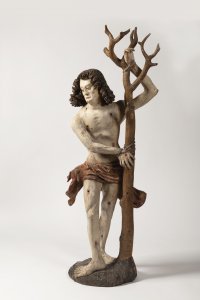
Lot 1 A SCULPTURE OF SAINT SEBASTIAN
Rufpreis150 000 CZK | 6 250 EUR
Erzielter Preis
230 000 CZK | 9 583 EUR
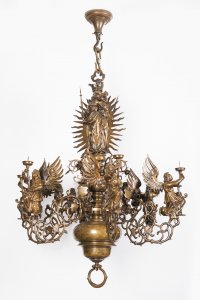
Lot 2 A SIX-ARMED MANNERIST CHANDELIER
Rufpreis650 000 CZK | 27 083 EUR
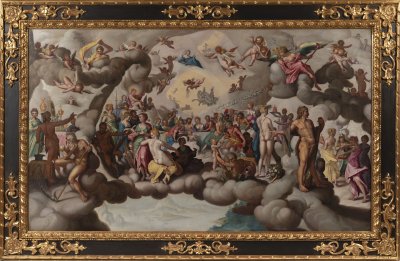
Lot 3 FEAST OF THE GODS
Rufpreis320 000 CZK | 13 333 EUR

Lot 4 A MANNERIST SANSOVINO FRAME
Rufpreis45 000 CZK | 1 875 EUR
Erzielter Preis
55 000 CZK | 2 292 EUR
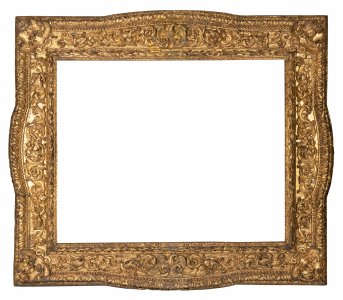
Lot 5 A LARGE MANNERIST FRAME
Rufpreis290 000 CZK | 12 083 EUR
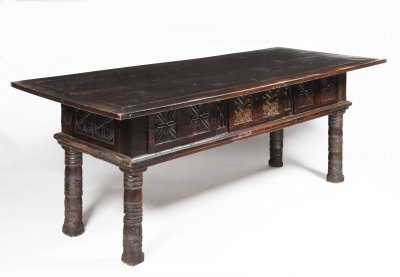
Lot 6 A RENAISSANCE TABLE
Rufpreis38 000 CZK | 1 583 EUR
Erzielter Preis
65 000 CZK | 2 708 EUR
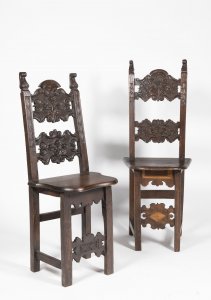
Lot 7 A PAIR OF MANYRISTIC CHAIRS
Rufpreis12 000 CZK | 500 EUR
Erzielter Preis
33 000 CZK | 1 375 EUR
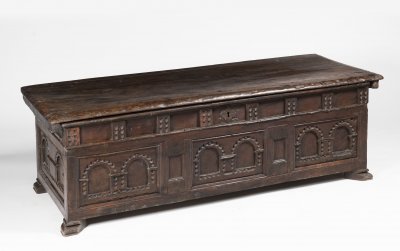
Lot 8 A RENAISSANCE CHEST
Rufpreis25 000 CZK | 1 042 EUR
Erzielter Preis
43 000 CZK | 1 792 EUR

Lot 9 CZECH CHRONICLE
Rufpreis36 000 CZK | 1 500 EUR
Erzielter Preis
190 000 CZK | 7 917 EUR
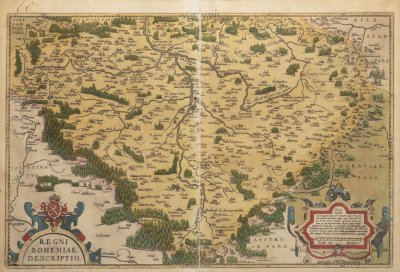
Lot 10 MAPS OF BOHEMIA AND MORAVIA
Rufpreis10 000 CZK | 417 EUR
Erzielter Preis
11 000 CZK | 458 EUR
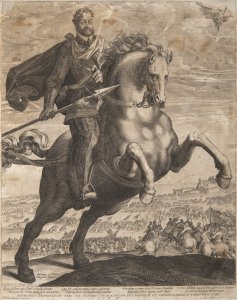
Lot 11 EQUESTRIAN PORTRAIT OF RUDOLPH II.
Rufpreis10 000 CZK | 417 EUR
Erzielter Preis
37 000 CZK | 1 542 EUR
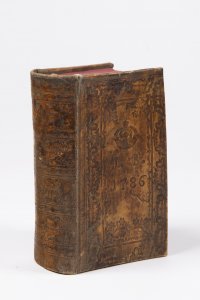
Lot 12 A MANUAL
Rufpreis18 000 CZK | 750 EUR
Erzielter Preis
70 000 CZK | 2 917 EUR

